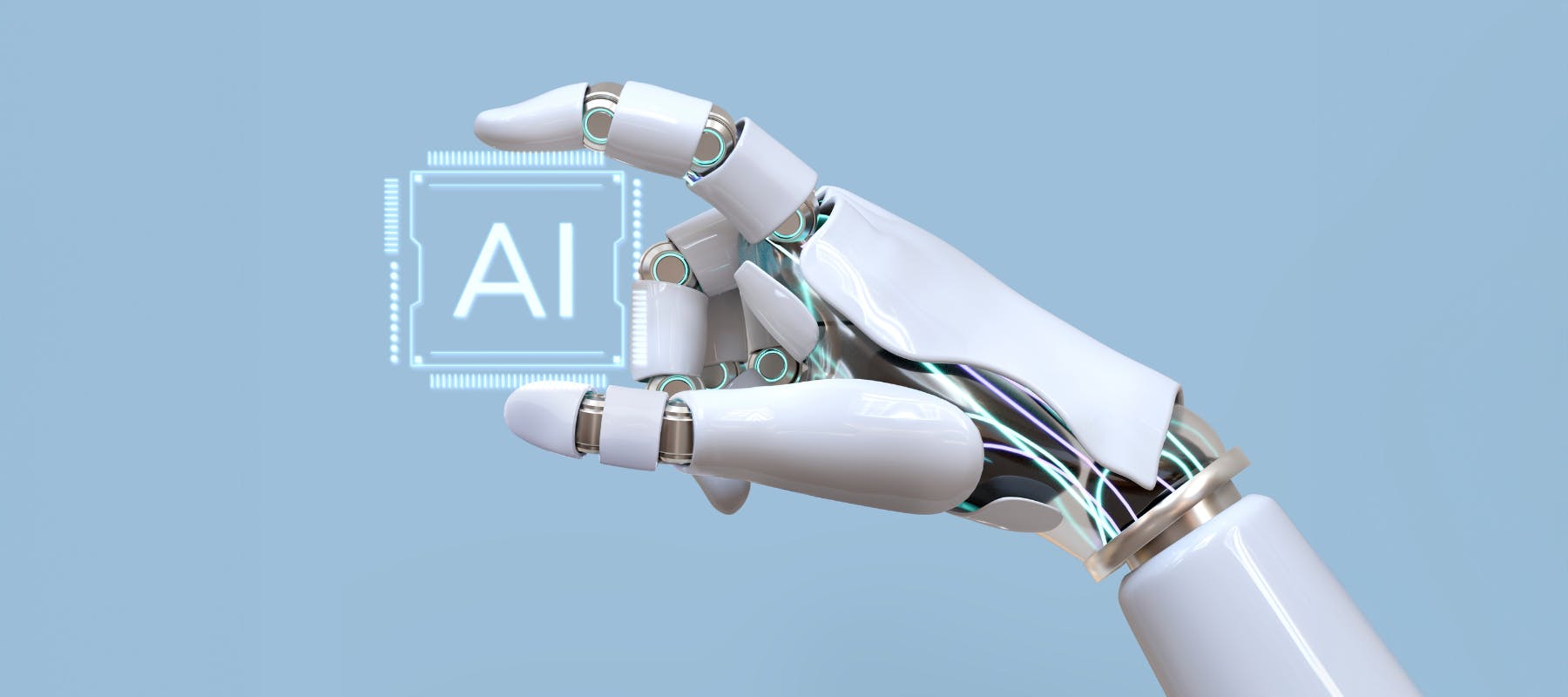First published on Tuesday, March 21, 2023
Last updated on Tuesday, March 21, 2023
Working with young employees can be amazing. They bring fresh talent, energy, and diverse skills to your business. But they're often fresh out of school, and your business might be their first introduction to the world of work. This means that most young employees don’t have experience with safety standards in work environments, and you may need to take special efforts to create a safer environment. Read on to learn how to make your workplace safer for young employees.
So, what’s the minimum age to be employed legally and be included in the world of work?
The short answer is that it depends on where you are.
In the ACT, for example, the Children and Young People (Employment) Standards 2011 (No 1) apply to all young people and children under the age of 18. The majority of provisions in the Standards, however, apply to children under 15 years old.
NSW and SA, on the other hand, have no minimum age restrictions. But—depending on your industry— there are still restrictions that apply to the age of your employees that you will need to comply with.
Each state and territory has its own regulations, so it’s best to turn to experienced advisers to make sure you stay on top of the relevant legislations. You can reach highly trained advisers 24/7 over the phone with BrightAdvice.
How is workplace health & safety impacted when you employ young workers?
Like we mentioned earlier, employing young workers often means that your workplace is their first experience in any workplace.
This comes with unique challenges, especially when it comes to health & safety.
WorkSafe Tasmania research found that younger workers:
- Are more likely to get injured within their first year of employment.
- Don’t know who to talk to about safety at work or where to turn for information outside work.
- Are less likely to raise safety issues with their managers or even ask for help during their training.
- Think injuries aren’t worth mentioning unless the injury is so bad that they cannot continue to work.
- May assume that the equipment and chemicals they work with are safe.
- Might dismiss protective equipment as uncool and avoid wearing it unless they are made to.
- May be unaware of the hazards associated with the work being done by their co-workers and others around them.
This makes it clear that while health & safety should be a priority for businesses at all times, you will need to go the extra mile when employing young workers.
How does an unsafe work environment affect your business?
Sometimes employees face unknown risks, making unchecked workplace hazards very dangerous. That's why it’s best to give them clear instructions and training on safety.
For example, an employee misusing equipment could injure themselves gravely. Or, a wet floor without a warning sign could lead to a nasty fall. You can learn more about managing workplace health & safety, right here.
Besides interrupting your daily operations, you risk damaging your reputation and facing other legal consequences.
You could be served with crippling settlement payouts when an employee gets hurt. Some accidents result in life-altering injuries, which you would also be liable for as an employer. Many businesses have lost thousands of dollars in compensation—don’t fall into the same situation!
Thankfully, there’s no need to fret. While all this sounds daunting, keeping your staff safe can be easy.
What measures should employers have in place to protect young employees?
Here are a few steps you can take to protect your young employees.
- Document and share risk assessments. They should be relevant and in line with any risks your employees will face in their work activities.
- Create and review safe work method statements (SWMS) for high-risk construction work, and make sure your staff accepts them before carrying out their work.
- Give your employees access to e-learning courses that will keep them up-to-date and aware of a range of health & safety topics.
You don't always need a specific document for young employees if you already have existing arrangements for assessing and managing risks. But it’s important that your current process is adapted to include risks to younger employees.
Protect your young employees and stay compliant with the latest health & safety laws with BrightSafe
Putting together a risk management plan can be time-consuming and stressful. So, why not let our health & safety software take care of it for you?
BrightSafe helps you establish safe work procedures for young employees with a library of health & safety documentation. It’s also packed with e-learning courses for training both young and adult employees on health & safety best practices.
Don’t just take our word for it. Take some time to explore and learn more about how to protect your young employees with BrightSafe.






